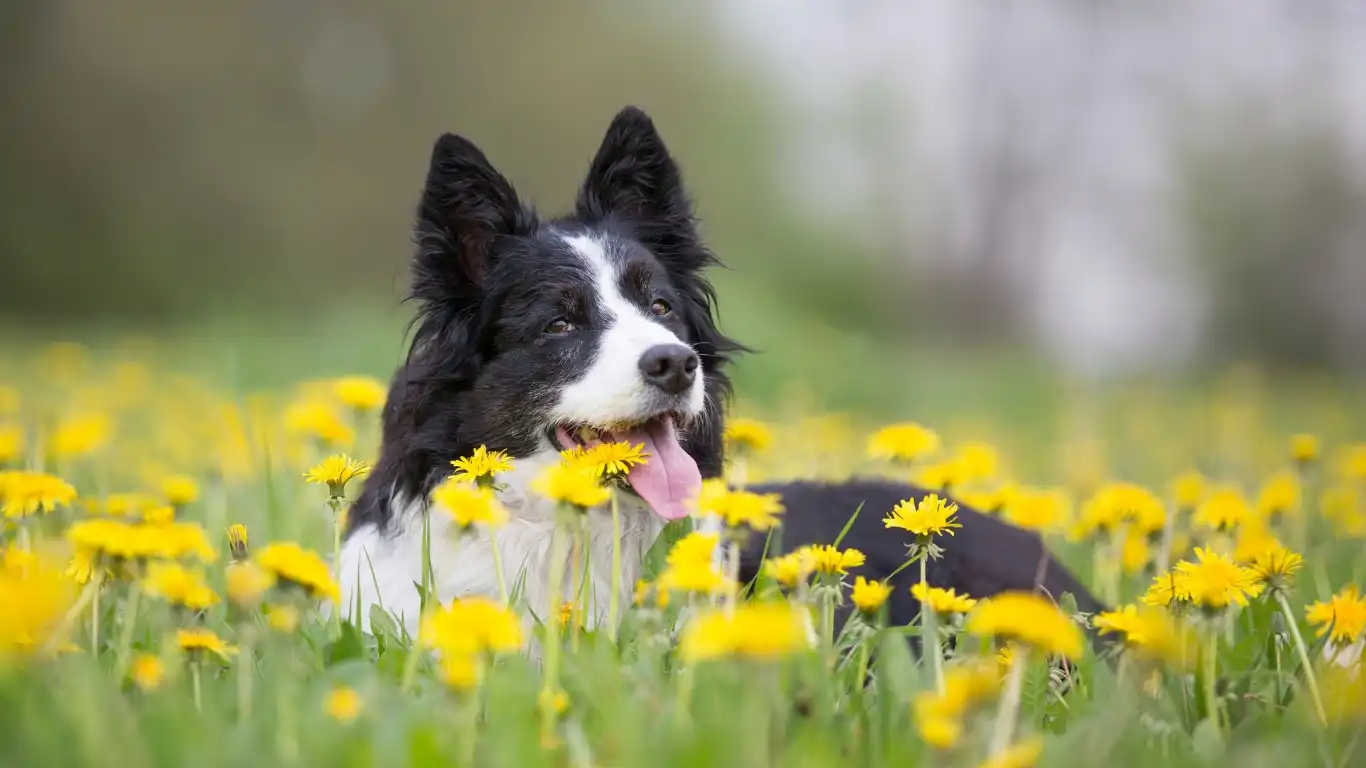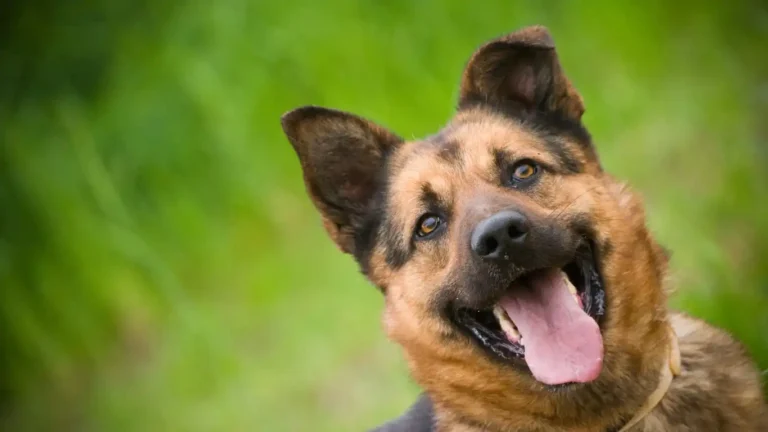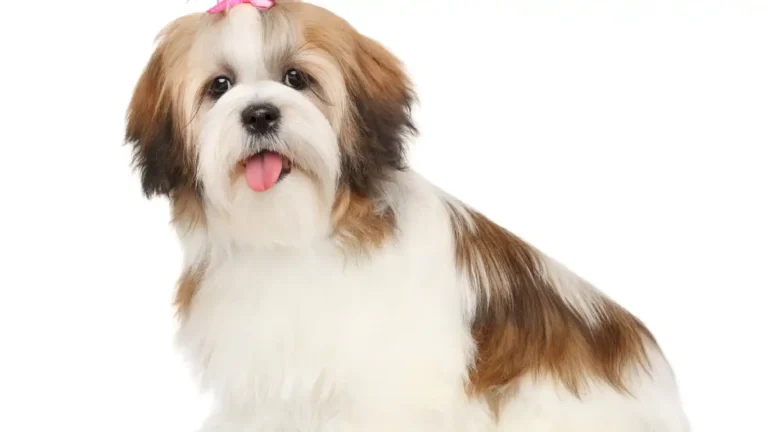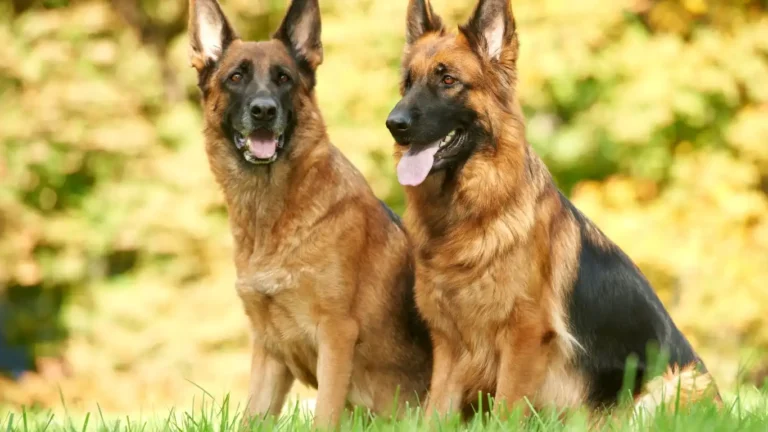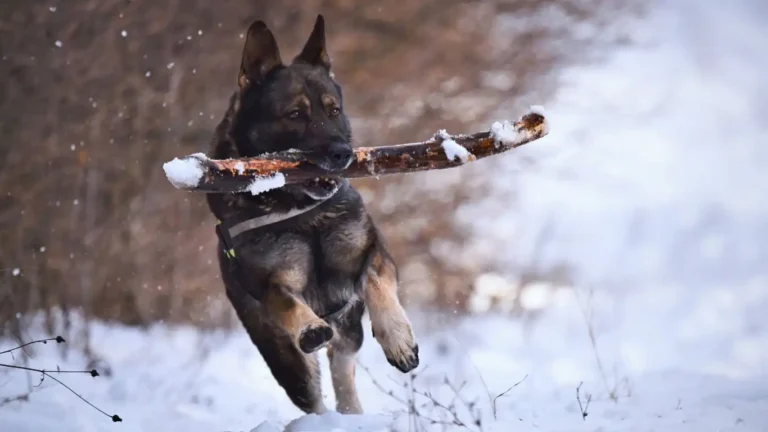Powerful Ways to Use Scent Games to Boost Your Dog’s Mental Health
Ever caught your dog sniffing around the backyard like they’re solving a crime? That nose isn’t just cute—it’s powerful. As a Veterinary Technician specializing in nutrition, I’ve seen firsthand how scent games can transform a dog’s mental well-being. If you’re wondering how to use scent games to mentally engage your dog, you’re in for a treat—literally and figuratively. These games aren’t just fun; they tap into your pup’s natural instincts, helping them burn off energy, fight boredom, and even reduce anxiety. Trust me, it’s one of the most overlooked tools in canine enrichment.
Why Scent Games Are More Than Just Fun
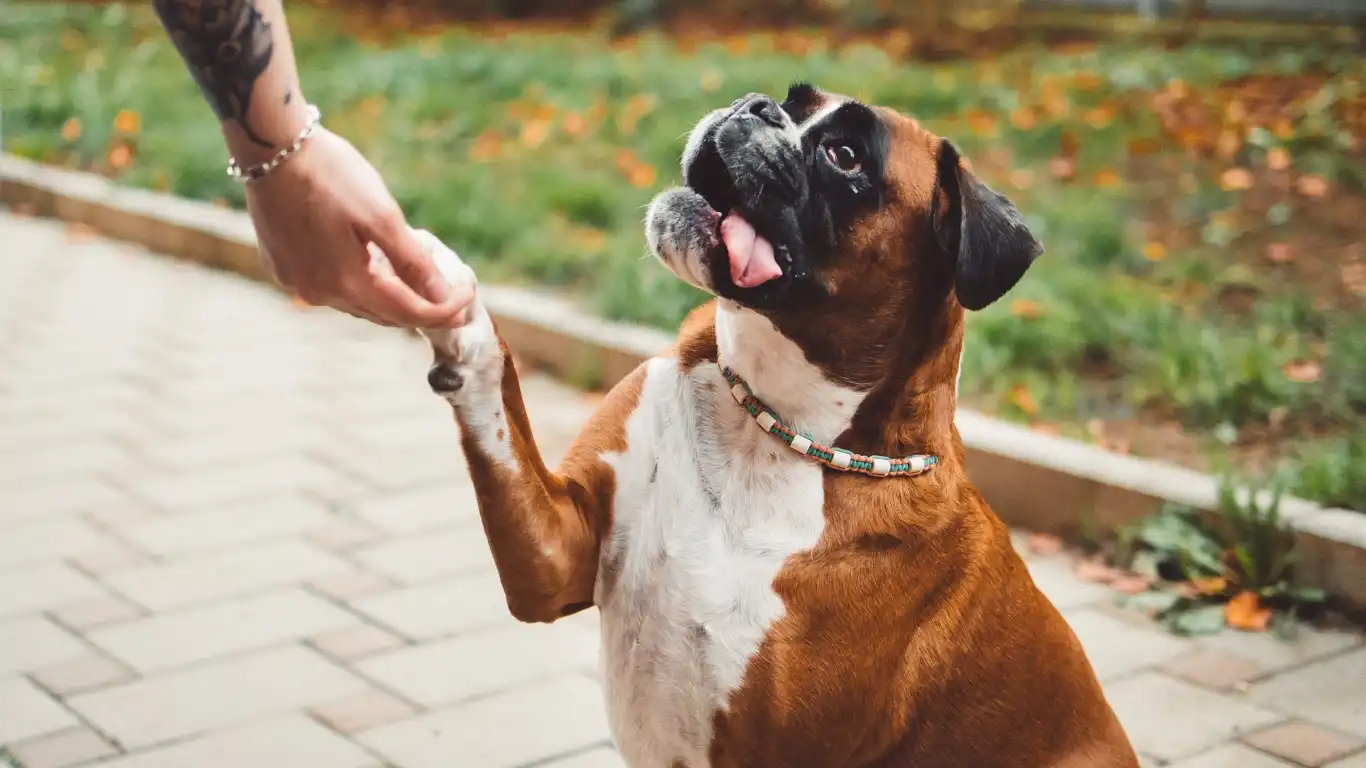
Scent games aren’t just another trend. They’re backed by science and real-world experience. Dogs experience the world through their noses. Their sense of smell is roughly 40 times stronger than ours. That means, while we might catch a whiff of fresh bread, your dog can pick up on the flour, the yeast, the butter, and even whether it was baked by someone who’s owned a cat.
Over the years, I’ve worked with hundreds of dogs—from hyperactive puppies to senior dogs with cognitive decline. One consistent tool that worked across the board? Nose work. It’s enriching, adaptable, and perfect for dogs of all ages and energy levels. And bonus—most scent games don’t require fancy equipment or a lot of prep time.
What Makes Scent Work So Effective?
From a nutritional and behavioral standpoint, stimulating your dog’s mind is just as crucial as physical exercise. Dogs who are mentally engaged often show improvements in:
- Digestive health—because less stress = a happier gut
- Behavior—they’re less likely to chew shoes or dig holes
- Sleep quality—mental fatigue leads to deeper rest
Back when I worked in a multi-pet household rehab program, we had this sweet but nervous rescue beagle named Daisy. She wouldn’t eat or engage with anyone. One day, I decided to introduce a simple “Find the Treat” game using her kibble. The transformation was almost instant. Her tail wagged, her nose worked overtime, and for the first time, she ate her full meal without coaxing. That’s the power of scent work.
Getting Started: Easy Scent Games You Can Play Today

Ready to give it a go? The good news is, you don’t need to spend a dime. These beginner scent games are great for indoor play, rainy days, or winding down in the evening.
1. The Classic “Find the Treat” Game
This one’s a staple in my toolkit, and it’s ridiculously simple. Grab some of your dog’s favorite treats (or use part of their dinner if you’re watching calories), and hide them around a room.
- Start with easy spots—like on top of a rug or under a chair.
- Let your dog watch you hide the treats at first to get them excited.
- Then increase the difficulty by hiding treats behind furniture or under toys.
Pro Tip: If your pup is new to scent work, start with smelly treats like freeze-dried liver or cheese bites. The stronger the smell, the more rewarding the game.
2. Muffin Tin Puzzle
This one’s always a hit, especially for food-motivated pups:
- Grab a muffin tin, place treats in a few cups, and cover each hole with a tennis ball.
- Let your dog sniff out which balls are hiding the goodies underneath.
- Watch their brain go into detective mode—pure joy!
Not only does this game engage your dog’s nose, but it also adds a tactile challenge by requiring them to move the balls. Plus, it’s reusable and easy to clean.
How to Use Scent Games to Mentally Engage Your Dog: Tips From My Experience

I’ve noticed that scent games are especially helpful with anxious or reactive dogs. One Golden Retriever I worked with, Marley, would get overstimulated on walks. We started doing 10-minute nose work sessions before heading out, and the change was night and day. He was calmer, more focused, and even stopped pulling so much on the leash. It’s like scent games gave his brain something else to focus on besides his triggers.
Every dog is different, but here are a few general tips I always share with pet parents:
- Keep sessions short at first—5 to 10 minutes is plenty
- Rotate games every few days to prevent boredom
- Reward effort, not just success—praise them even if they don’t find the treat right away
Stick around for more advanced scent games and how to build a full enrichment routine using nose work—because this is just the beginning of the sniff-tastic journey!
Leveling Up: Advanced Scent Games for Brainy Dogs

Once your dog masters the beginner stuff, you’ll probably notice a spark in their eyes when it’s “sniff time.” That’s your cue to level things up. Honestly, watching dogs problem-solve is one of the most rewarding parts of my job. I’ve seen dogs who seemed disengaged or even depressed light up during advanced scent work. It’s like you flip a switch in their brain. And the best part? It doesn’t require anything fancy—just a little creativity.
1. The Shell Game
Yes, like the street trick, but way more wholesome (and fur-friendly). Use three cups or bowls. Place a treat under one while your dog watches. Shuffle them around, then ask them to “find it.” At first, don’t shuffle too hard—make it easy to win. Then gradually increase the difficulty. I used to do this with a clever little Terrier named Max. That dog could outsmart me half the time!
2. Scent Trails
This one is especially fun if you’ve got a bit of space indoors or a backyard.
- Use a smelly treat or dab a bit of peanut butter on a cloth.
- Drag it along the floor to leave a scent trail, leading to a hidden reward.
- Let your dog follow the trail to the jackpot!
It mimics real-life tracking behavior and taps into those deep canine instincts. I once set up a trail like this for a German Shepherd who was recovering from a leg injury. It helped her stay mentally stimulated during her restricted activity phase. She loved it—and her recovery flew by.
Outdoor Scent Adventures: Bringing the Nose to Nature

Now let’s talk outside. While indoors is great, nothing beats letting your dog’s nose run wild out in the fresh air. Nature is basically a buffet of smells, and you can use that to your advantage.
Natural Foraging Walks
This is one of my favorite things to recommend to clients, especially if their dog pulls like crazy on walks. Instead of rushing the route, slow things down. Let your dog sniff trees, bushes, lamp posts—whatever catches their interest. You’re not just “letting them sniff”—you’re giving them a workout. I call these “Sniffaris.”
Try this: Bring a few treats along and randomly toss them into grassy areas or under leaves. Encourage your dog to “find it.” You’ll be surprised how quickly they pick up on the game—and how relaxed they are afterward.
DIY Scent Courses
If you’ve got a backyard (or access to a quiet park), create a mini obstacle course with scent targets:
- Use boxes, cones, or buckets to hide treats
- Add elevation by placing treats on low benches or steps
- Let your dog explore and sniff out the prizes
One of my clients built a “sniff maze” in her yard using cardboard boxes. Her Border Collie, who was constantly under-stimulated, suddenly had a new favorite hobby. It worked wonders for his behavior—and gave her a break from constant fetch sessions!
How to Use Scent Games to Mentally Engage Your Dog Long-Term
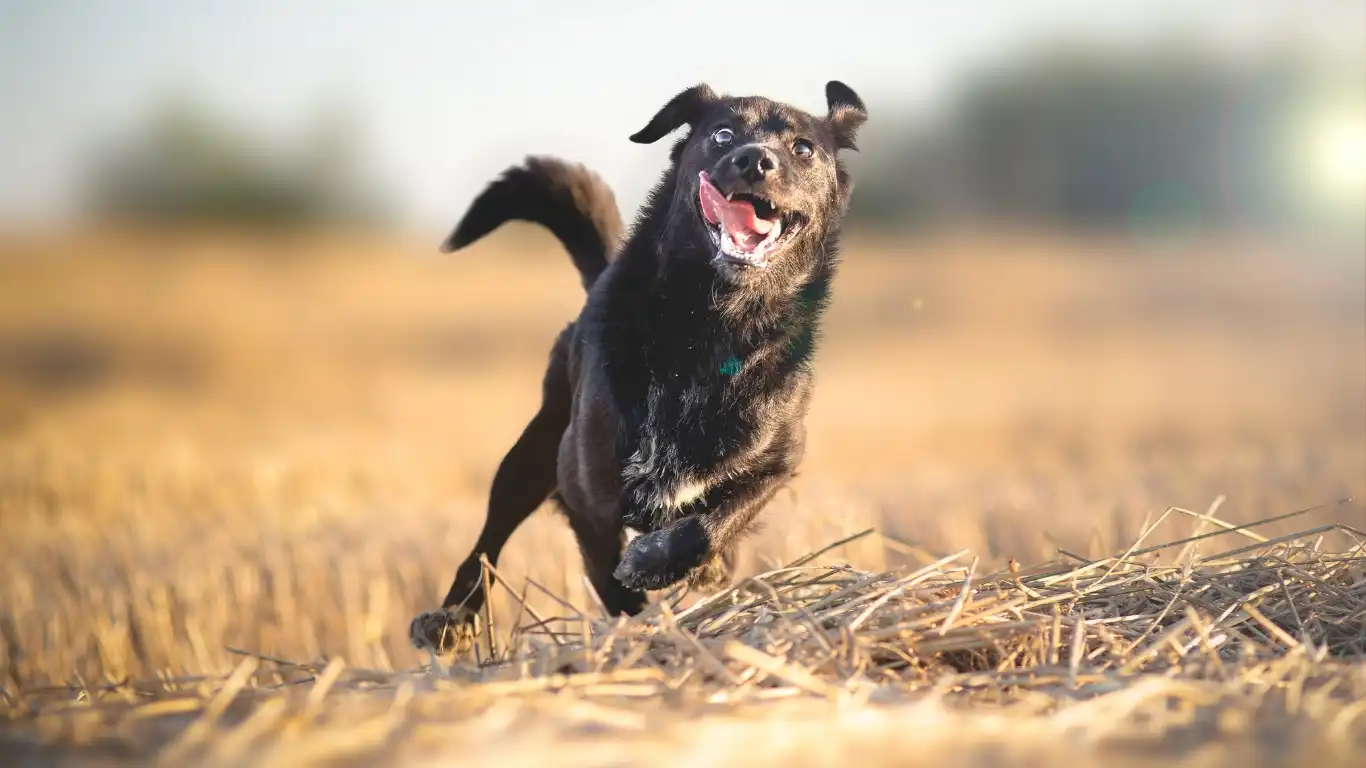
When people ask me how to use scent games to mentally engage your dog *long-term*, I tell them it’s all about building variety and making it part of your daily or weekly routine. Just like us, dogs need novelty. If they know what to expect every single time, it’s no longer mentally enriching—it’s just habit.
Mix Things Up
Here are some quick ways to keep your dog on their toes (and nose):
- Rotate locations: try the living room one day, backyard the next
- Change the scent: use different treats or even safe herbs like parsley or oregano
- Time it differently: surprise your dog with a midday sniff session instead of always before dinner
One of my absolute favorite things is seeing a dog “check in” with their person, looking up like, “What’s next?” It builds trust, confidence, and a whole lot of tail wags. I had a senior dog client, a Lab named Rosie, who couldn’t go on long walks anymore. Her family started doing evening scent puzzles instead—and she started initiating the game herself by pawing at the muffin tin. That’s what enrichment looks like in action.
Don’t Forget the Praise
This part is so underrated. Make a big deal out of their wins. Celebrate like they just aced an agility trial. It strengthens your bond and gives them that extra boost of confidence.
Honestly, I think scent games are one of the best-kept secrets in the dog world. Whether your pup is young, old, shy, energetic, or just plain bored, a few minutes a day can do wonders. And as someone who’s worked hands-on with all kinds of dogs, I can tell you—it’s not just theory. It works. Every single time.
Bringing It All Together: Creating a Scent Game Routine
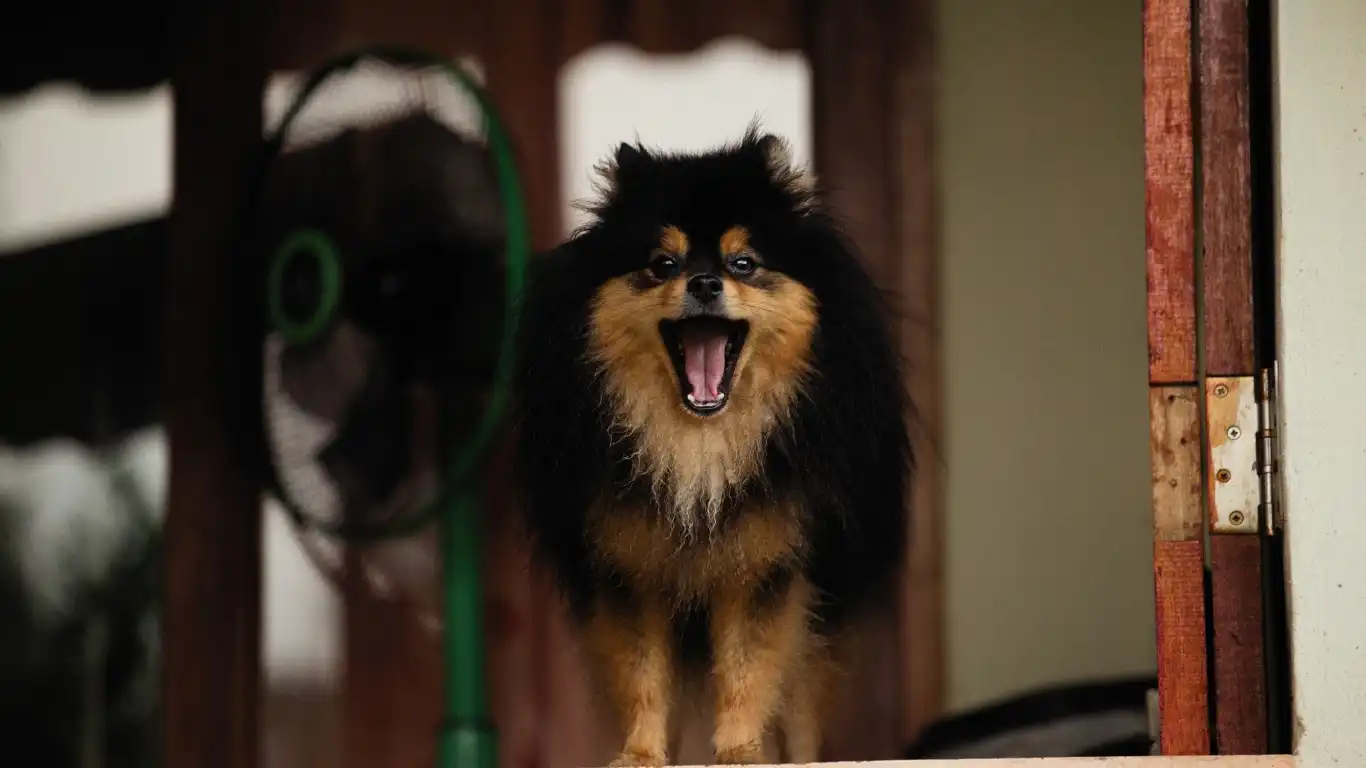
So by now, you’ve got a solid toolkit of scent game ideas—from basic treat hunts to outdoor sniffaris and even full-on scent obstacle courses. The next step? Making it a regular part of your dog’s enrichment routine. This is where the magic really happens. When I talk to clients in clinic consults about how to use scent games to mentally engage your dog, I always stress consistency over complexity. You don’t need to reinvent the wheel every day—just keep things fresh, fun, and aligned with your dog’s energy level and personality.
Sample Weekly Enrichment Plan
Here’s a simple weekly framework I often suggest to clients, especially those balancing busy schedules:
- Monday: Indoor “Find the Treat” game with kibble
- Tuesday: Scent trail using a favorite toy + backyard search
- Wednesday: Muffin tin puzzle or shell game
- Thursday: Natural sniff walk (aka a slow-paced, nose-led stroll)
- Friday: Scent hide & seek—hide a person or toy
- Saturday: Outdoor sniff course in the yard or park
- Sunday: Free choice—let your dog decide what they want to sniff and explore
Each session doesn’t have to last more than 10-15 minutes. Honestly, some dogs are wiped out mentally after just a few minutes of nose work—especially seniors or pups new to enrichment. You’ll notice the difference pretty quickly: calmer behavior, better focus, and often, a deeper connection with you.
When to Use Scent Games (And When to Skip Them)

As much as I love scent games—and I really do—there are times when they’re not ideal. Here’s the deal: not every dog, every day, is ready for mental stimulation. If your pup is overly tired, overstimulated, recovering from illness, or simply having an off day, it’s totally fine to skip it. Sometimes, rest is more beneficial than activity.
Signs Your Dog Needs a Break
Keep an eye out for these cues that it might be too much:
- Yawning or lip licking during the game
- Sudden disinterest or walking away
- Excessive panting or pacing
On the flip side, there are perfect opportunities when scent games can really shine. Before a stressful event (like a vet visit), after a long day indoors, or on rainy days when walks aren’t happening—those are all prime times to offer a little nose work.
And don’t forget about multi-dog households. I’ve worked with many pet parents who felt overwhelmed trying to keep all their dogs engaged. One of my favorite tricks is to rotate dogs—one gets a scent game while the other rests in a separate space. Then swap! It avoids overstimulation and lets each dog enjoy their own enrichment experience without the pressure of competition.
Expert-Backed and Real-Life Approved
As someone who lives and breathes veterinary care, I’m big on science-backed enrichment. Research from canine behaviorists and veterinary professionals continues to show that mental stimulation—especially involving olfactory senses—can lower cortisol levels, improve cognitive function, and reduce destructive behaviors. I often refer curious pet parents to resources like the American Veterinary Medical Association (AVMA) or Victoria Stilwell’s Positively for even more enrichment ideas and education on dog behavior.
And it’s not just theory—I’ve seen it work time and time again. I remember a sweet senior mutt named Buddy who had early signs of canine cognitive dysfunction. His family was devastated, unsure of how to help. We added in gentle nose games, using soft, smelly treats and easy puzzles. Within weeks, Buddy was more alert, sleeping better, and even started wagging more. It wasn’t a cure—but it gave him a better quality of life. That’s the kind of outcome that fuels my passion for this stuff.
Final Thoughts: You and Your Dog, One Scent Game at a Time
Look, life gets busy. I get it. But carving out just a few minutes a day to play a scent game can be a total game changer—for your dog, and honestly, for your bond with them too. It’s a chance to slow down, tune in, and let your dog be the amazing, sniff-driven creature they were born to be. If there’s one takeaway here, it’s this: you don’t need to be perfect—you just need to be present. A treat in one hand, your pup’s joy in the other, and you’re already winning.
So go on—grab that muffin tin, toss some treats under the couch, or head out for a sniffari. Your dog’s brain (and tail) will thank you.
References
- American Veterinary Medical Association (AVMA)
- Victoria Stilwell’s Positively
- American Society for the Prevention of Cruelty to Animals (ASPCA)
- Fear Free Pets
Disclaimer
This article is for informational purposes only and does not substitute professional veterinary advice. Always consult your veterinarian before making changes to your dog’s exercise or enrichment routine, especially if your pet has medical or behavioral concerns.
